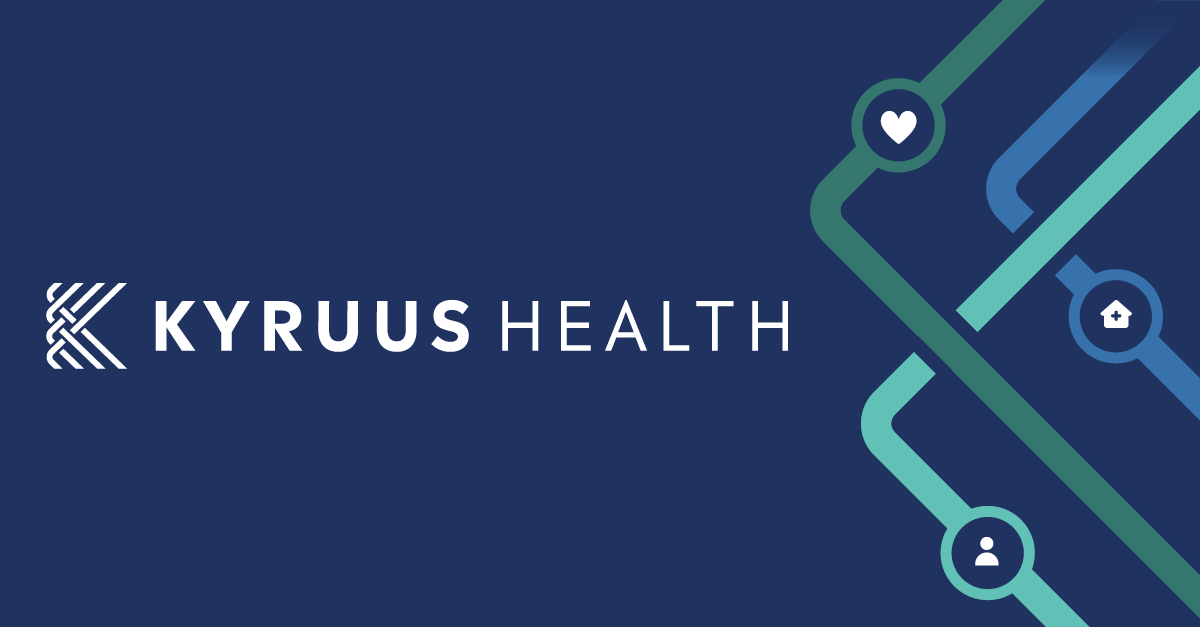When you go to a fast-food restaurant, you expect quick service. Many individuals prefer online shopping because their purchases are delivered in just a day or two. Consumers these days expect convenience and timeliness, whether it’s in food service, retail, or banking—and it’s often delivered through digital tools.
Although the healthcare industry once lagged in offering digital solutions that provided patients with more control over their care journey, the rise of healthcare consumerism has certainly changed that. A key reason for the increased adoption of such resources by providers is the COVID-19 pandemic. More than 75% of CIOs reported increased demand for new digital products and services as a result of COVID-19.
The numbers back this up:
- Roughly 40% of consumers prefer online scheduling compared to traditional channels.
- More than 90% of patients are extremely or very interested in using digital self-service for pre-visit tasks.
- Of those patients who prefer online booking, half would switch providers for the ability to do so.
A Plethora of Positives
Why do so many consumers prefer digital self-service? Convenience, of course, is a top factor, but there are many more reasons.
For one, these resources provide patients with the low-effort experience they want while helping them navigate what sometimes can be a difficult healthcare journey. That benefits medical groups and other healthcare providers, too, as a low-effort interaction costs 37% less than a high-effort one.
 For another reason, it makes access to care easier. This is especially important when factoring in social determinants of health (SDOH) that may prove to be barriers to expedient and quality healthcare.
For another reason, it makes access to care easier. This is especially important when factoring in social determinants of health (SDOH) that may prove to be barriers to expedient and quality healthcare.
Perhaps most important for medical groups, though, is that prioritizing digital self-service boosts patient acquisition and retention and promotes operational efficiencies by freeing up valuable staff time. All these advantages make for a more financially sustainable practice.
Promoting Patient Retention
Did you know that satisfied consumers tell an average of nine individuals about their positive experiences? That’s good news for healthcare providers who meet patient preferences. However, dissatisfied consumers are likely to tell 22 people about their negative experiences. That means word gets out quickly when a patient isn’t satisfied with the care you provide, making a markedly negative impact on your practice’s reputation.
Acquiring new patients isn’t only time-consuming, it’s expensive. Research has found that it costs between six to seven times more to get a new customer than to retain an existing one. By increasing patient retention by a mere five percent, though, a medical group has the potential to increase the value of an average patient in lifetime profits by 25-100 percent.
It’s not just about the finances, of course. Medical groups that engage in retention strategies are more likely to have loyal patients. That results in improved adherence to medical advice and treatment plans.
Improving Staff Efficiency
The healthcare staffing shortage doesn’t appear to be easing anytime soon. That’s why resources that enable medical groups to do more without additional staff are even more valuable than ever before.
Digital self-service tools not only streamline the patient intake process and enable a contactless care experience, but they also ensure the accuracy and integrity of patient data.
A prime example of this is the combination of patient online scheduling and digital check-in. Online scheduling lets patients schedule an appointment when it’s most convenient for them — whether that’s during morning coffee or while watching their child’s two-hour soccer game. Likewise, digital check-in enables them to complete previsit tasks from their mobile device.
Both of these digital health tools save time for your staff, diverting call volume, improving efficiency, and allowing them to focus on other high-value tasks. Plus, it gives them the opportunity to interact with patients who need more attention.
To learn more, download our infographic highlighting five ways digital self-service helps you run an efficient practice.
Sources:
https://www.gartner.com/smarterwithgartner/cio-agenda-focus-on-digital-products-and-self-service-options
https://www.gartner.com/smarterwithgartner/unveiling-the-new-and-improved-customer-effort-score
https://www.benefitspro.com/2017/06/19/looking-to-grow-a-health-insurance-business-focus/?slreturn=20230708184651

